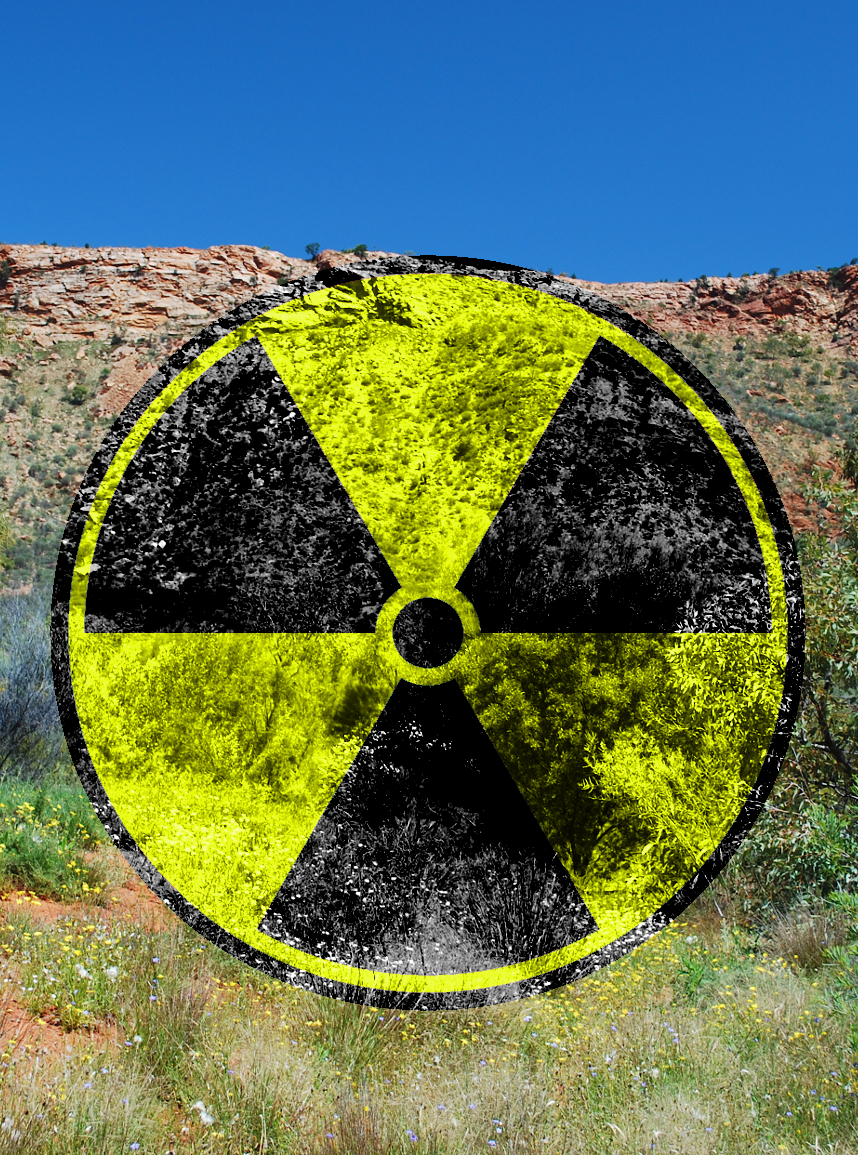Australia could lead nuclear tech
 An energy policy expert says Australia can help make nuclear power safer.
An energy policy expert says Australia can help make nuclear power safer.
Jessica Lovering - director of energy at the US think tank The Breakthrough Institute - is visiting Australia to discuss nuclear innovation with parliamentarians and government agencies.
She says nuclear advocates should be pushing for the creation of a small modular reactor industry, rather than large one-off power station projects.
Next-gen energy generators like wind turbines and solar panels are now mass-produced at such a scale that their prices are dropping dramatically.
But nuclear projects still tend to be built as large, one-off infrastructure, so they famously run over-budget and behind schedule, often costing billions of dollars and taking decades to complete.
If nuclear reactors were built in factories in the same way, Lovering says the price would come down enough for people to more evenly compare other costs and benefits.
“Most advanced nuclear designs don’t use water as primary coolant, and some don’t use any water, making them viable for power generation in arid or inland locations,” she wrote in an article for The Australian.
“China is now demonstrating a pair of high-temperature, modular, gas-cooled reactors.
“New nuclear designs can be better at load-following, ideal for balancing grids that increasingly use variable renewable sources like wind and solar.”
She pointed to US firm NuScale Power as an example.
The company has submitted designed a 50MW small modular reactor it is looking to set up in a 12-pack of reactors like a battery unit.
“Other designs range from lead-cooled fast reactors, high-temperature gas-cooled reactors, to a molten salt design,” Lovering said.
“Australia’s abundance of uranium, efforts to reduce greenhouse gas emissions, and diverse off-grid industries needing reliable power make it a perfect market for such reactors.
“Rather than just export raw uranium to East Asia, Australia should invest in research and development across the fuel cycle and into novel fuel cycles and fuel reprocessing.”
South Australia’s Nuclear Fuel Cycle Royal Commission found $6 billion worth of annual economic benefits could be gained from setting up a spent-fuel repository in the state.
Lovering says those benefits would increase if the facility couldconduct research and development on advanced fuels, fuel fabrication, and reprocessing as well.
“Many advanced reactor designs burn nuclear waste as fuel, so having a research and development facility alongside waste storage makes sense; it also increases employment at the site,” she said.
For anything like these plans to go ahead in Australia, Canberra would need to amend federal legislation that currently prevents the construction of low-carbon nuclear plants, fuel fabrication facilities, uranium enrichment plants, and reprocessing facilities as well.








 Print
Print